Vickers Wellington Bomber RAF
Production Time 9 to 10 weeks
Shipment is by FedEx, UPS or DHL International Express Courier with a normal door-to-door delivery time worldwide of within 2-3 business days after dispatch. Due to the current volatility of world fuel prices, the amount mentioned here is our best estimate for DHL and UPS and may be subject to change at the time of shipping.

Model Description: Vickers Wellington Bomber RAF Wood Replica Scale Custom Model Aircraft
Manufacturer: Vickers
Wingspan: 17 Inches (43.2 Centimeters)
Height: 3.4 Inches (8.6 Centimeters)
Scale: 1:61
Registration: DV786
$239.50
Production Time 9 to 10 weeks
-
United States dollar ($)
-
Pound sterling (£)
-
Euro (€)
-
Australian dollar ($)
-
Canadian dollar ($)
-
Singapore dollar ($)
-
Swiss franc (CHF)
-
Japanese yen (¥)
-
Danish krone (kr.)
-
Hong Kong dollar ($)
-
Norwegian krone (kr)
-
Swedish krona (kr)
-
United Arab Emirates dirham (د.إ)
General Product Description
Our PlaneArts Vickers Wellington Bomber RAF model exhibits unique, unrivaled quality and detailed design to come as close as possible to the accuracy of the actual plane. It comes as standard with a robust, durable base or stand which is available in a variety of different finishes designed to match your own personal requirements including solid wood, wood with polished metal supports or adjustable wood wall mount and will be ready within about 9-10 weeks from placement of order.
The Vickers Wellington Bomber RAF model is made of the finest kiln dried renewable mahogany wood (commonly known as Lauan or Meranti) which has undergone many stages of carving and meticulous and careful sanding giving the beautiful, finished museum quality masterpiece. Many collectors and model connoisseurs demonstrate their preference for genuine handmade and hand painted mahogany wood models rather than plastic or die cast (diecast) alternatives due to the overall look and totally different feel of the item - we trust you will find the same. We can however, if required produce the same model in Solid Cast Resin so just click and contact us for further information. Our craftsmen and gifted artisans ensure that our finely handcrafted model airplanes match the precise blueprint details of the original aircraft. The paint scheme, markings and parts are closely matched, reflecting the original aircraft. This stylish top-quality desktop replica model will surely enthrall anyone who receives this as a gift and for sure one of the most appropriate and desirably collectable gifts for any military aviation enthusiast and avid aircraft collector whilst also displaying a perfect resemblance to the actual real life version.
There are many types of military propeller aircraft, but the basic types are bombers, fighters, fighter bombers, spotter planes, transporters, patrol aircraft, trainers, and reconnaissance and observation aircraft. All these types of aircraft are used for different types of missions. If you're a fan of historic or present-day military aviation, our model aircraft will bring the excitement and character of these aircraft right into your own home. You can order a wood airplane model of a North American B-25 Mitchell Bomber, a B17 - Flying Fortress, or a P-51 Mustang Nervous Energy V not forgetting the Bf 109, Spitfire, FW 190, A6M Zero, P-38 and F4U. These classic, propeller airplane models are of the highest quality. Each is individually crafted by our expert craftsmen. They produce handmade scale mahogany airplane models of the finest aircraft from World War I and II to present day biplanes and triplanes.
If you require, we can also make the Vickers Wellington Bomber RAF model in any other military, government or even private livery or colour scheme you require and if necessary, in a different size or scale. Just click here to contact us with a description or photographs of what you require, and we will let you have a quotation for the necessary customization by return email. We can also make bespoke scale replicas of any other private / civil commercial airliner or airliners, helicopter, glider, gliders with engines, military jet, warplane jets, biplane, triplane, tail fin, spacecraft, rocket or NASA model you require in any airline, military or civilian livery or colors. We also produce model airships, blimps, dirigibles, blimps, boats, and ship collectibles. Wall plaque or seal for military, government or private customers. Again, by clicking here to contact us just let us know exactly what you need.
The Vickers Wellington: An Icon of RAF Bomber Command
In the annals of military aviation history, certain aircraft stand out not only for their performance but also for the indelible mark they leave on the collective memory. Among these legendary planes is the Vickers Wellington, a twin-engine bomber that became synonymous with the Royal Air Force’s (RAF) bombing campaigns during World War II. Renowned for its ruggedness, versatility, and innovative design, the Wellington played a pivotal role in shaping the outcome of the conflict and cementing its place in the pantheon of aviation greatness.
Origins and Design:
Conceived in the interwar period as a response to Britain’s urgent need for a modern bomber, the Vickers Wellington was designed by Barnes Wallis, a brilliant aeronautical engineer renowned for his innovative approach. What set the Wellington apart from its contemporaries was its groundbreaking geodesic construction, which utilized a network of intersecting structural members to create a remarkably strong yet lightweight airframe. This design, inspired by the principles of nature’s honeycomb structures, endowed the Wellington with exceptional resilience against enemy fire, earning it the nickname “The Iron Bird.”
Operational History:
Entering service with the RAF in 1938, the Wellington quickly proved its mettle in combat operations. During the early years of World War II, it spearheaded the RAF’s strategic bombing campaign against Nazi Germany, striking key industrial and military targets with precision and devastating effect. Its ability to operate at high altitudes and withstand considerable damage made it a mainstay of Bomber Command, enduring grueling missions over enemy territory with remarkable reliability.
The Wellington’s versatility was further underscored by its adaptation for various roles beyond bombing. It served as a maritime patrol aircraft, anti-submarine warfare platform, and even as a transport aircraft, ferrying supplies and personnel across vast distances. Its long-range capabilities and adaptability made it indispensable to the Allied war effort, earning the admiration and respect of aircrews and ground personnel alike.
Technological Innovations:
In addition to its revolutionary construction, the Vickers Wellington incorporated several technological advancements that enhanced its effectiveness in combat. Its powered gun turrets provided defensive firepower against enemy fighters, while its bomb bay could accommodate a significant payload of munitions. Moreover, the Wellington was one of the first RAF aircraft to be equipped with airborne radar, giving it a crucial advantage in nighttime bombing missions and anti-submarine patrols.
Legacy:
The Vickers Wellington’s legacy extends far beyond its wartime exploits. Its rugged design and remarkable survivability set new standards for aircraft resilience, influencing subsequent generations of bombers and military aircraft. Moreover, its role in the strategic bombing campaign against Nazi Germany played a pivotal role in weakening the enemy’s industrial base and ultimately hastening the Allied victory in Europe.
Today, the Wellington is celebrated as a symbol of British aviation ingenuity and wartime heroism. Several examples of this iconic aircraft have been preserved in museums around the world, serving as poignant reminders of the sacrifices made by aircrews during World War II. From its humble beginnings as a response to a military requirement to its status as a legendary warbird, the Vickers Wellington remains an enduring testament to the power of innovation and determination in the face of adversity.
| Weight | 6 kg |
|---|---|
| Dimensions | 12.7 × 17 × 3.4 in |
Be the first to review “Vickers Wellington Bomber RAF” Cancel reply
Similar Models
Helicopters
Military Airplanes - Propeller
Military Airplanes - Propeller
Private & Civilian
Private & Civilian
Military Airplanes - Propeller
Military Airplanes - Propeller
Military Airplanes - Propeller
Military Airplanes - Propeller
Military Airplanes - Propeller
Military Airplanes - Propeller
Military Airplanes - Propeller
Military Airplanes - Propeller
Boats, Ships & Submarines
Boats, Ships & Submarines
Military Airplanes - Propeller
Military Airplanes - Propeller
Military Airplanes - Propeller
Military Airplanes - Jet
Military Airplanes - Jet
Military Airplanes - Jet
Military Airplanes - Jet
Military Airplanes - Propeller
Military Airplanes - Propeller
Military Airplanes - Jet
Military Airplanes - Jet
Military Airplanes - Jet
Military Airplanes - Jet
Military Airplanes - Propeller
Military Airplanes - Jet
Military Airplanes - Propeller
Military Airplanes - Propeller
Private & Civilian
Military Airplanes - Propeller
Military Airplanes - Propeller
Private & Civilian
Israel Aircraft Industries IAI-1124 Westwind TNT Air Couriers
Military Airplanes - Propeller
Military Airplanes - Jet
Military Airplanes - Jet
Military Airplanes - Jet
Military Airplanes - Jet
Military Airplanes - Propeller
Military Airplanes - Propeller
Military Airplanes - Jet
Military Airplanes - Jet
Military Airplanes - Jet
Military Airplanes - Jet
Military Airplanes - Propeller
Military Airplanes - Jet
Military Airplanes - Jet
Military Airplanes - Jet
Military Airplanes - Propeller
Military Airplanes - Propeller
Military Airplanes - Propeller
Military Airplanes - Propeller
Military Airplanes - Jet
Military Airplanes - Jet
Military Airplanes - Propeller
Military Airplanes - Jet
Private & Civilian
Military Airplanes - Jet
Military Airplanes - Propeller
Private & Civilian
Military Airplanes - Propeller
Military Airplanes - Jet
Military Airplanes - Propeller
Military Airplanes - Propeller
Military Airplanes - Propeller
Military Airplanes - Propeller
Military Airplanes - Propeller
Military Airplanes - Propeller
Military Airplanes - Jet
Military Airplanes - Jet
Private & Civilian
Military Airplanes - Jet
Military Airplanes - Jet
Helicopters
Helicopters
Helicopters
Military Airplanes - Propeller
Helicopters
Military Airplanes - Jet
Blackburn Buccaneer RAF 237 Operational Conversion Unit OCU Squadron
Military Airplanes - Propeller
Private & Civilian
Military Airplanes - Jet
Military Airplanes - Jet
BAe British Aerospace Hawk T.1 Mk.1 Royal Air Force RAF Red Arrows
Military Airplanes - Jet
Military Airplanes - Propeller
Military Airplanes - Propeller
Military Airplanes - Propeller
Military Airplanes - Propeller
Military Airplanes - Propeller
Military Airplanes - Propeller
Military Airplanes - Propeller
Military Airplanes - Propeller
Military Airplanes - Propeller
Private & Civilian
Private & Civilian
Helicopters
Private & Civilian


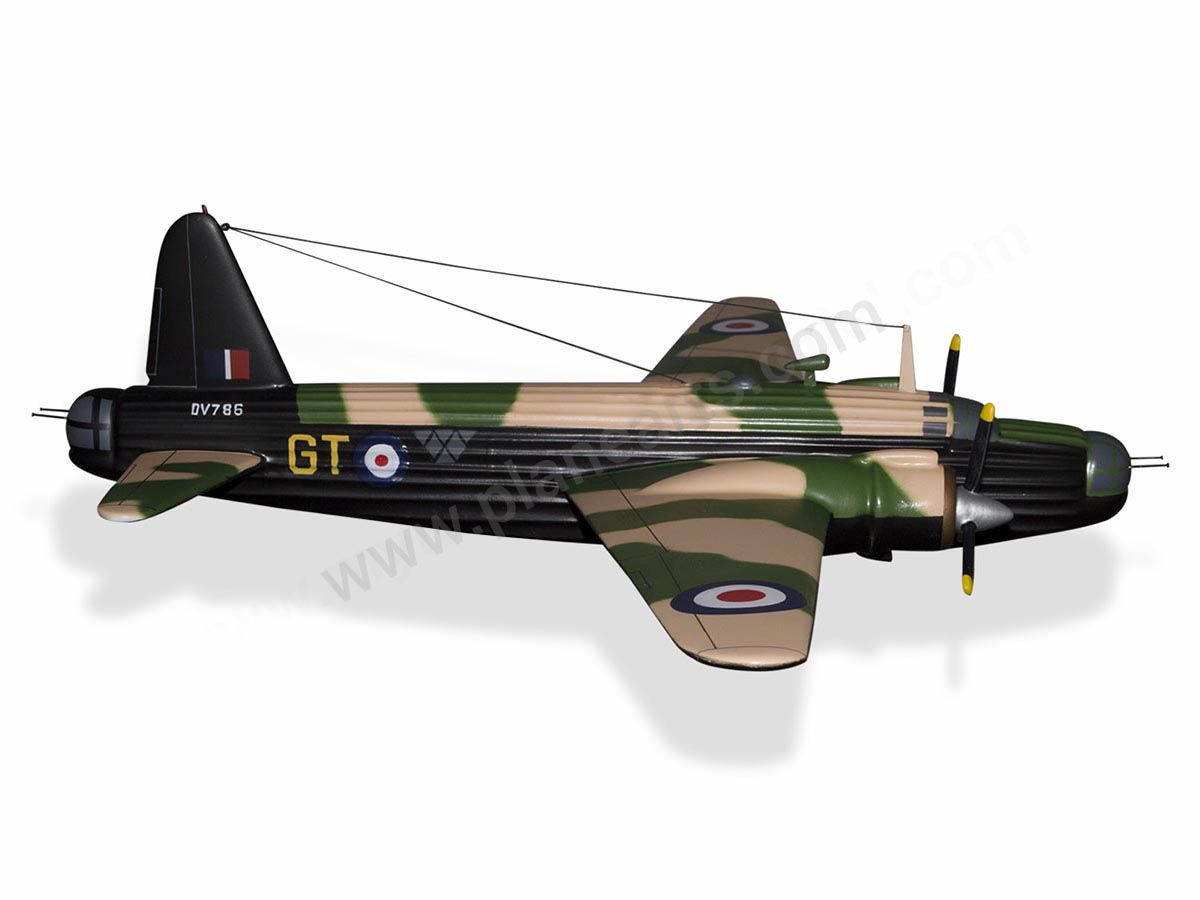
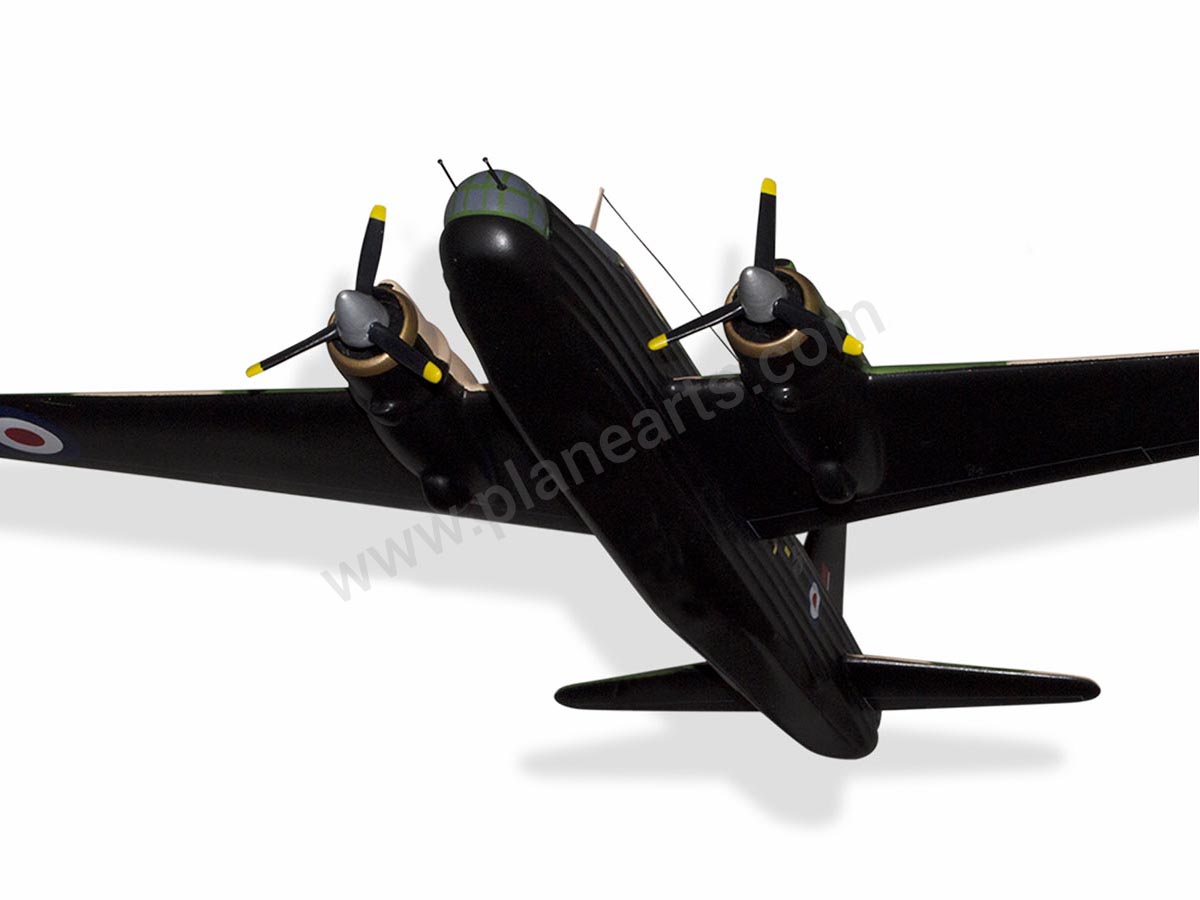
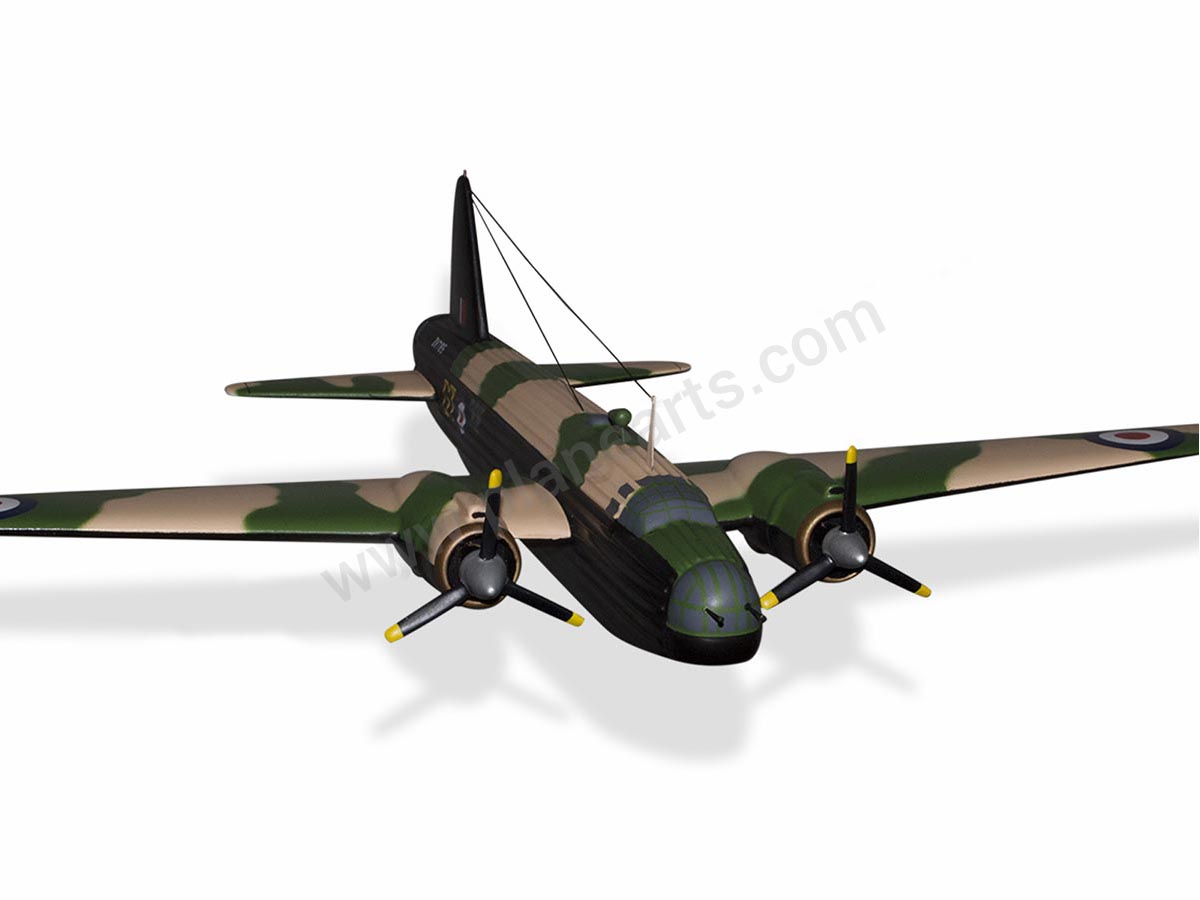
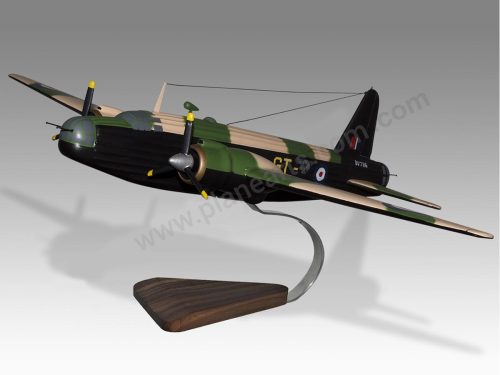
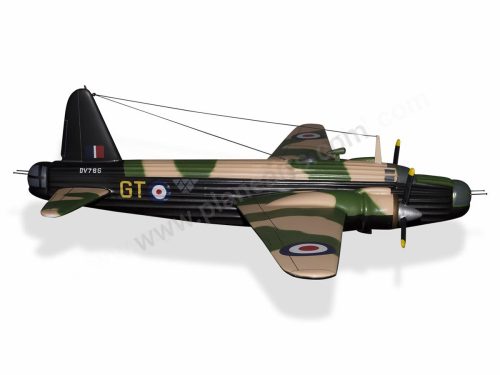
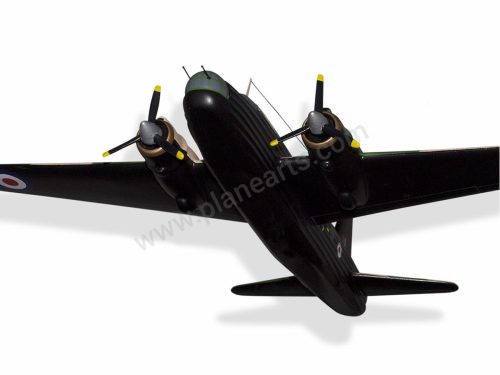

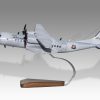
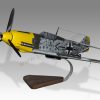
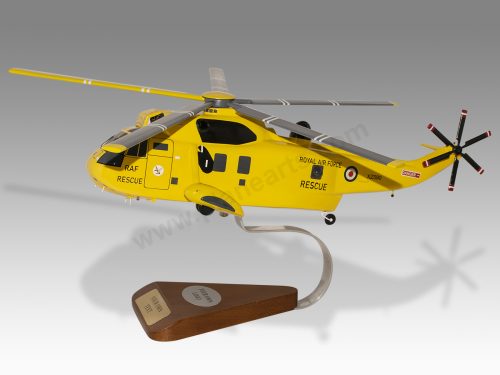
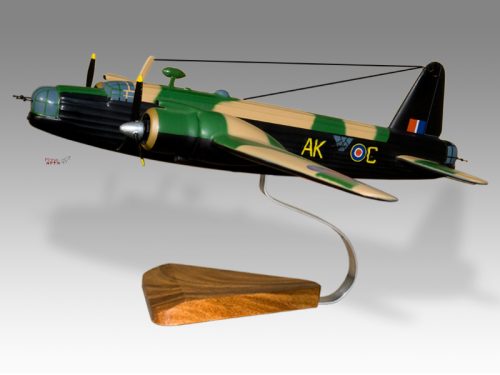


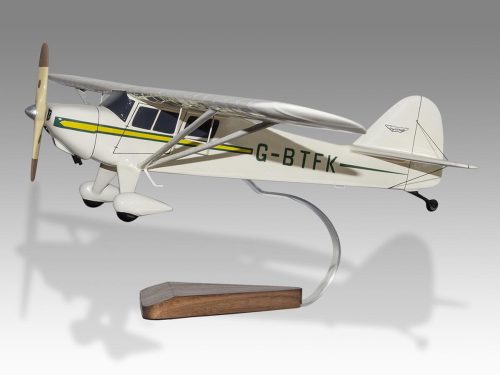
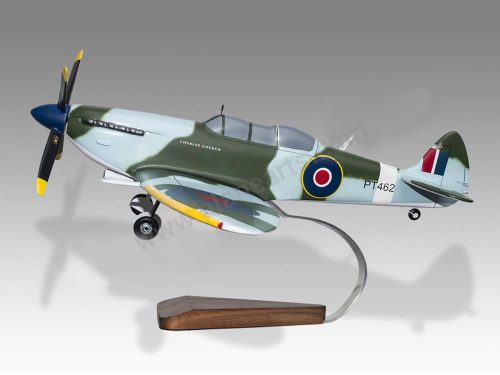
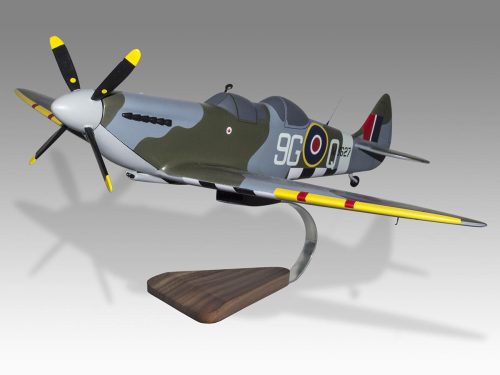
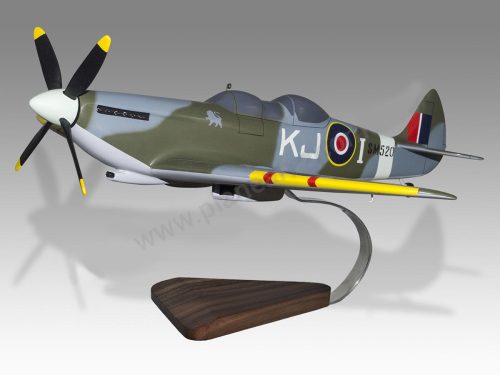
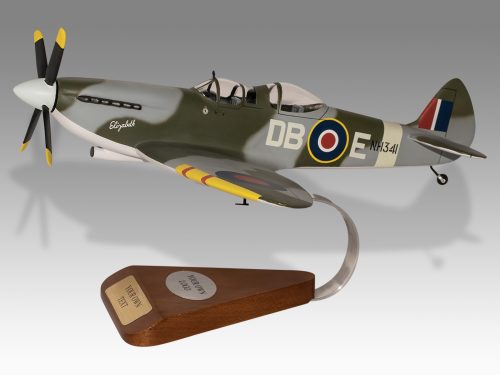
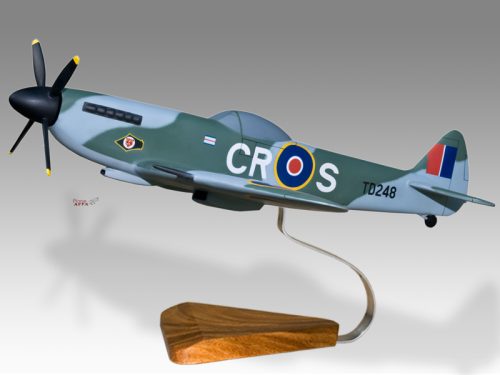
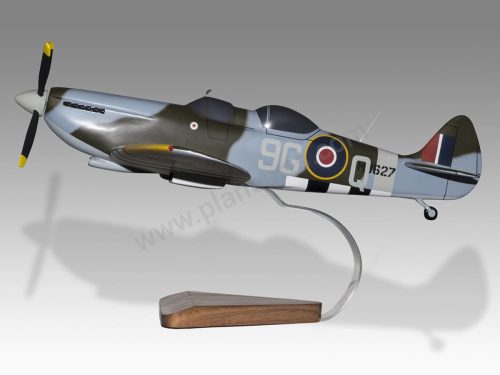
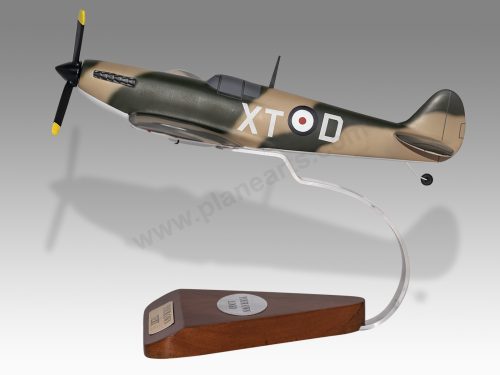
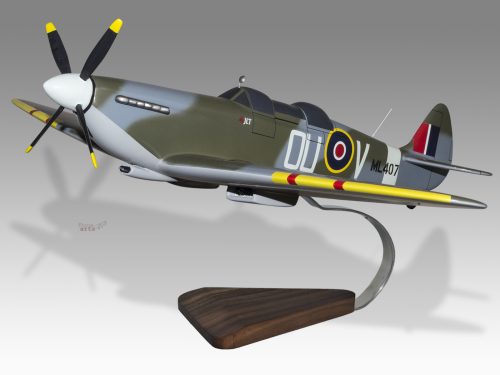




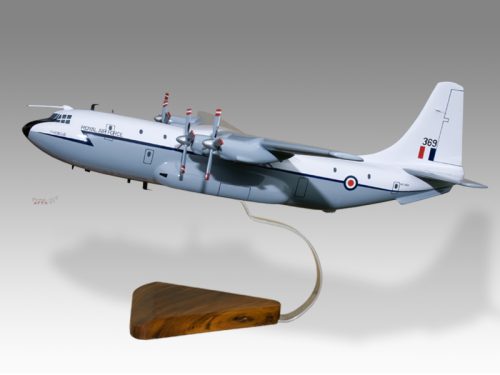

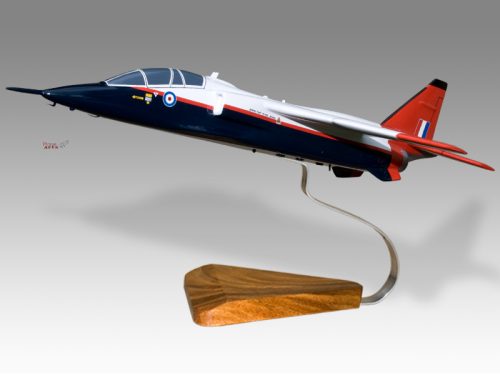
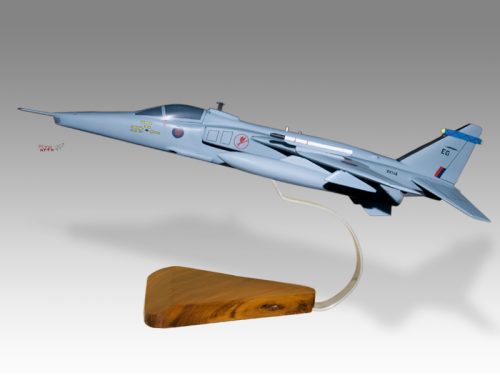
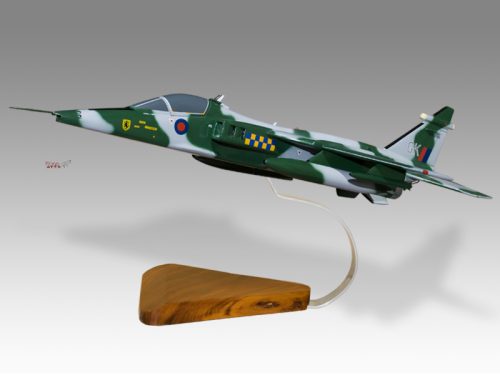
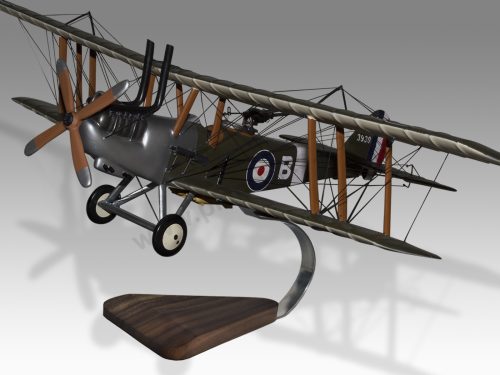
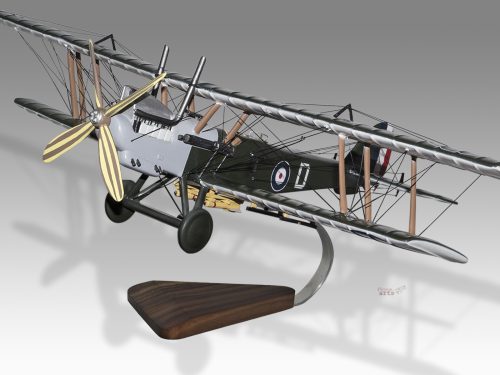
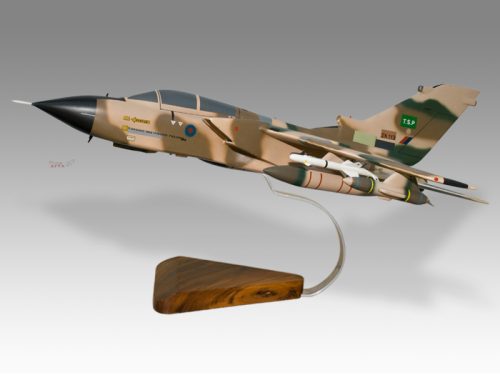
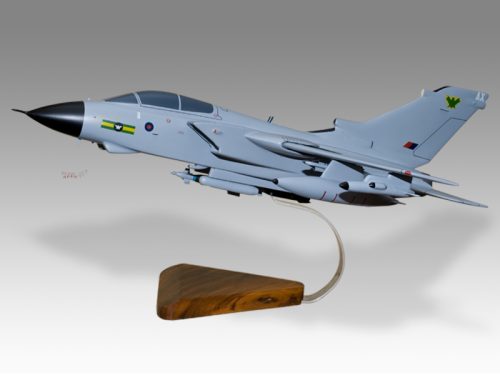
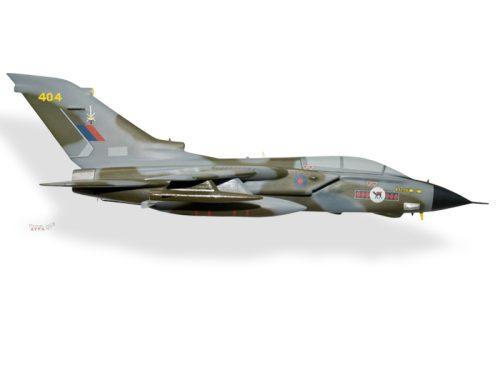
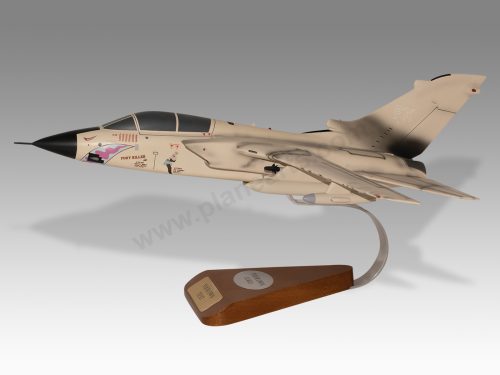
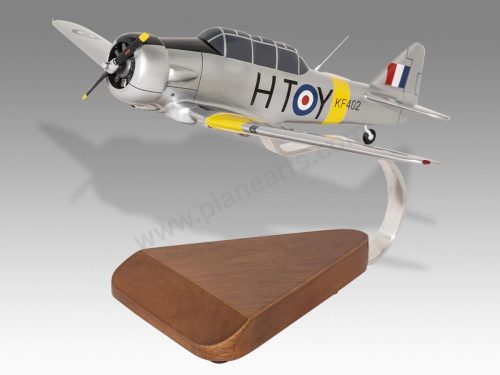

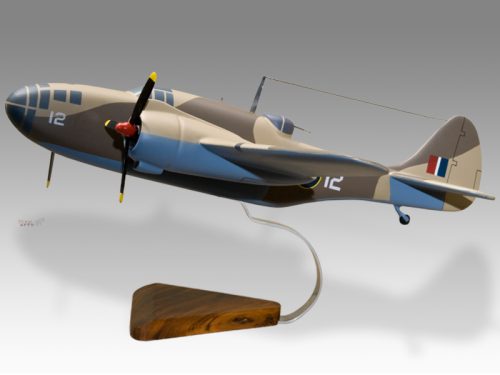
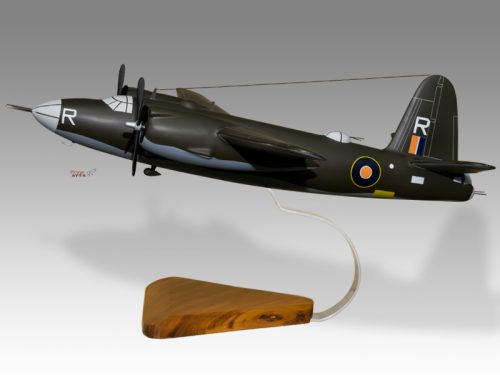

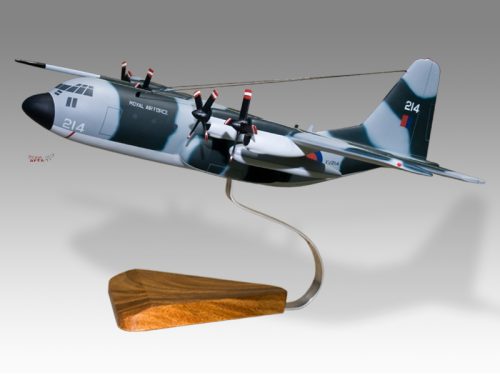



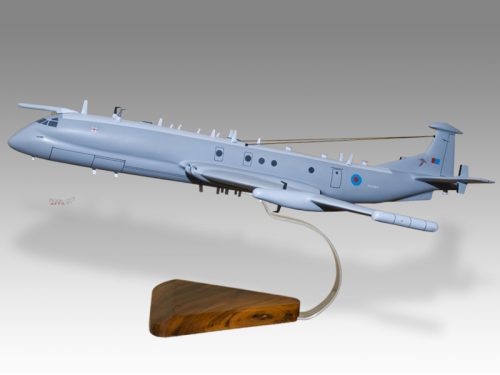
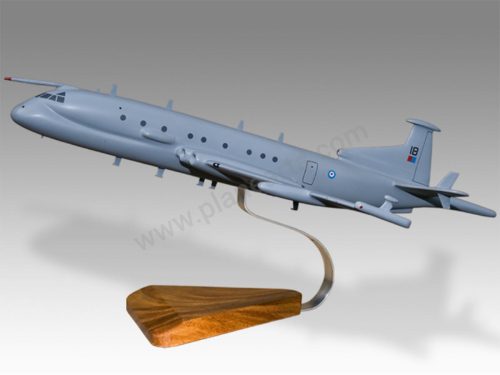


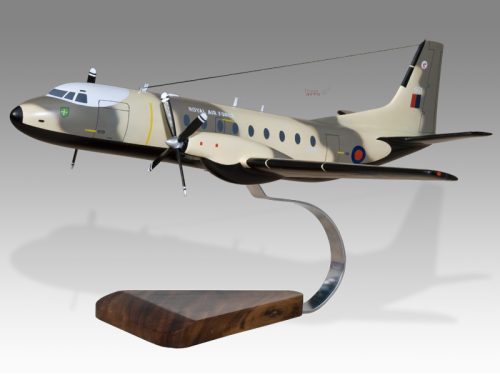


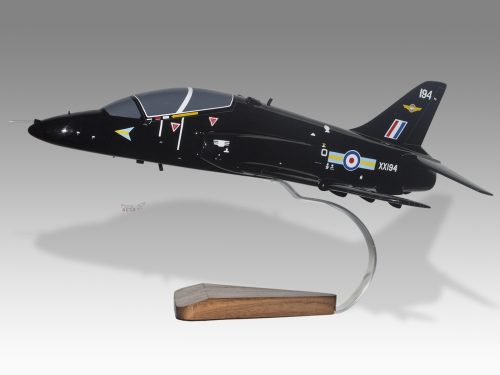
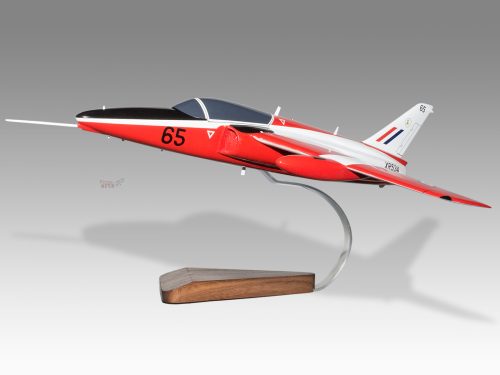
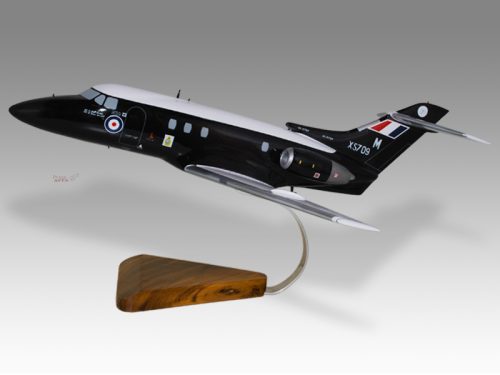
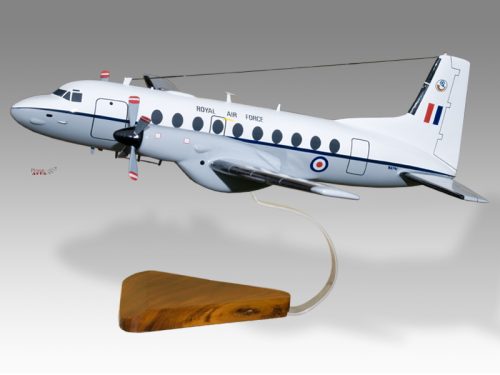
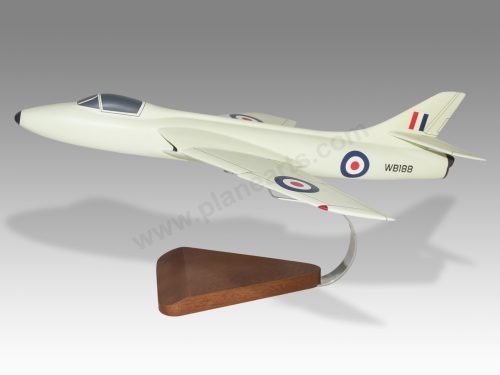
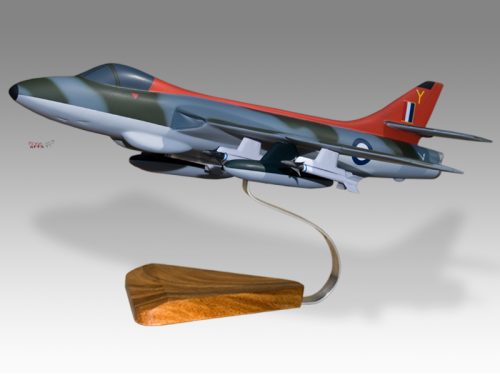

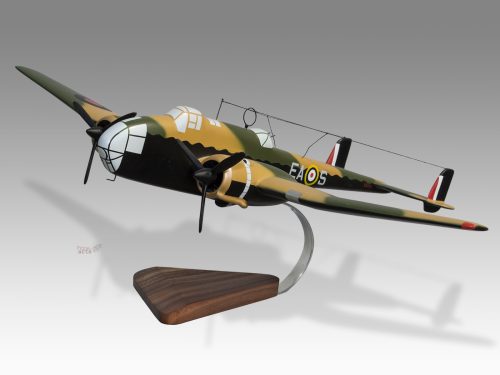

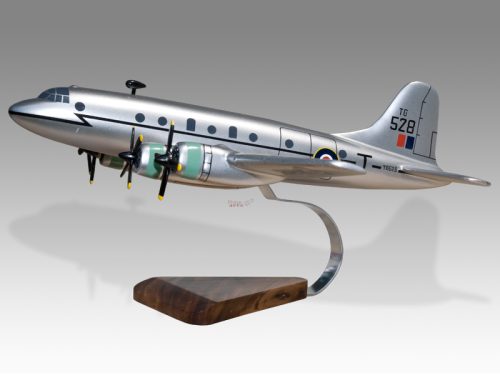
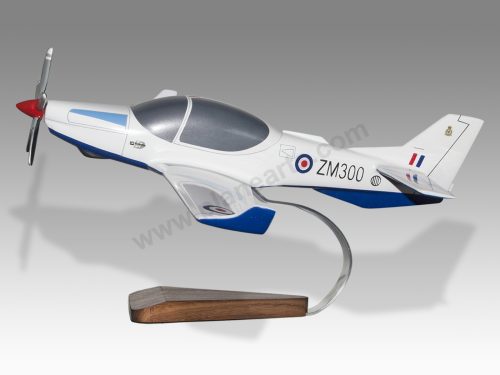

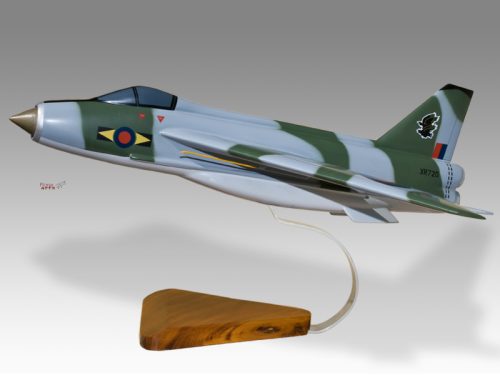


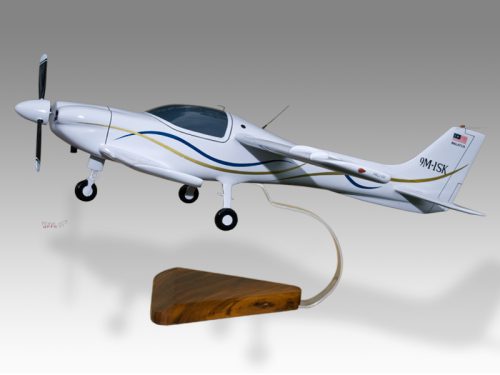
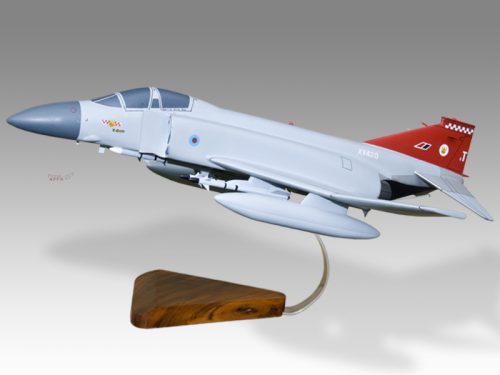
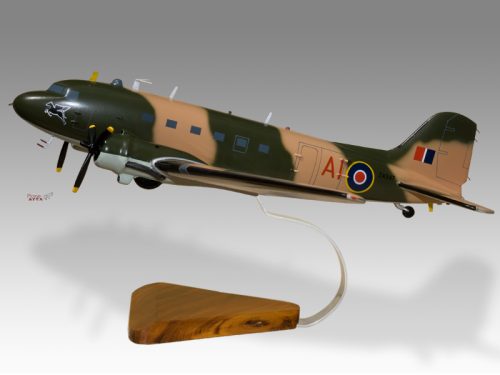

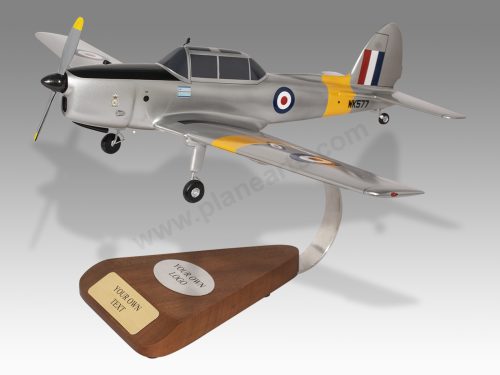
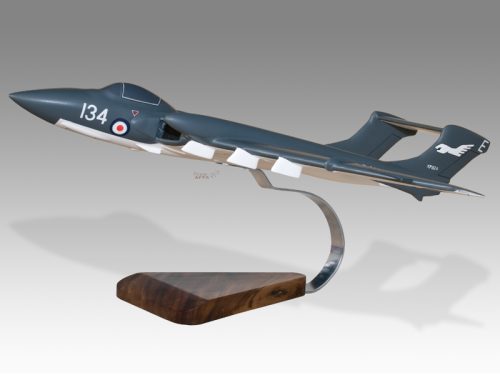
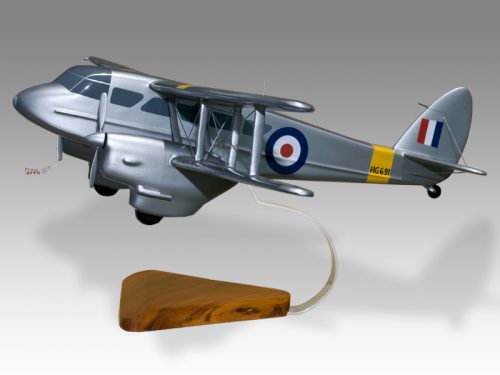
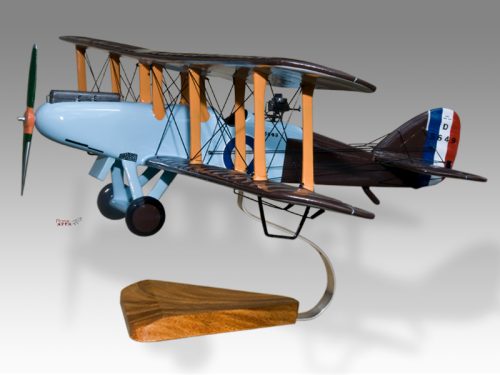
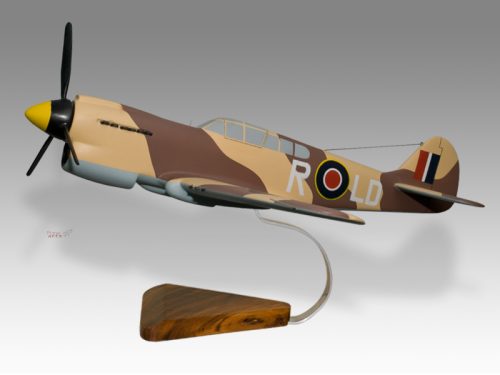

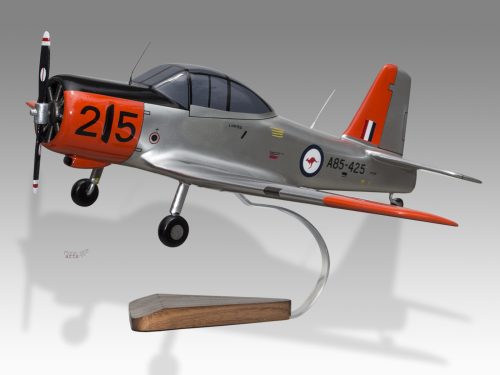

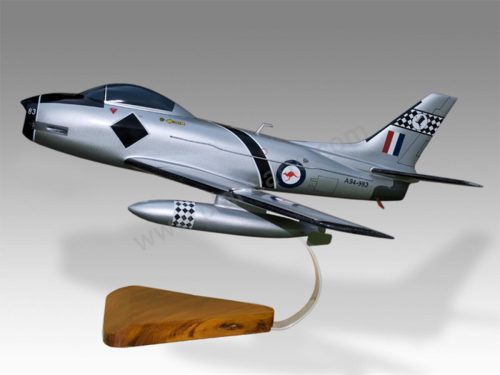
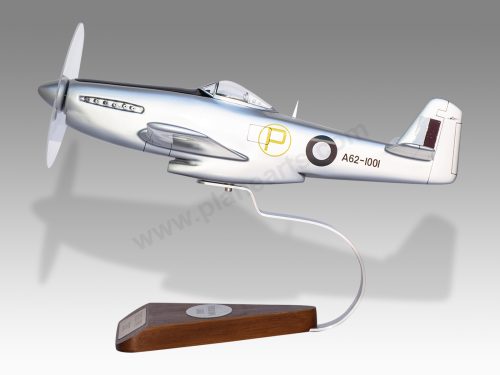
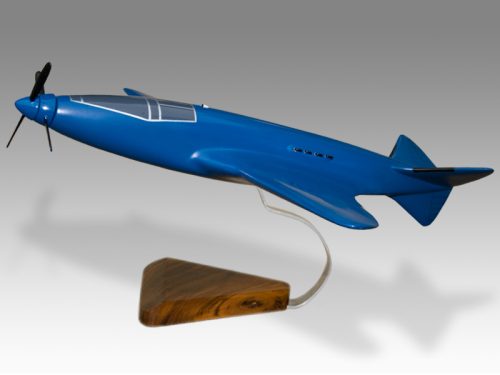
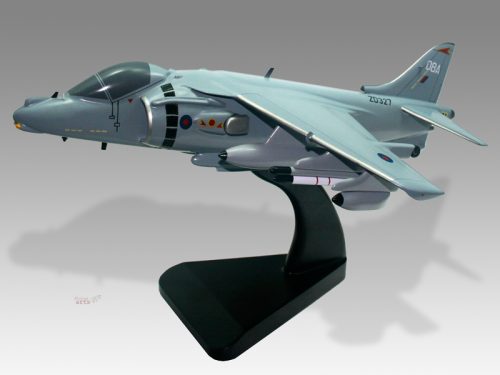
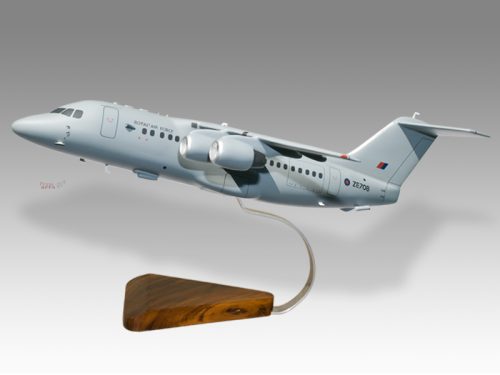

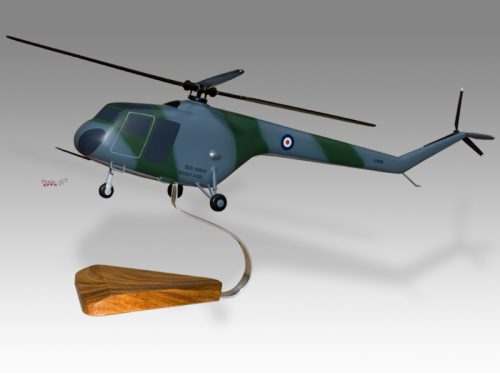
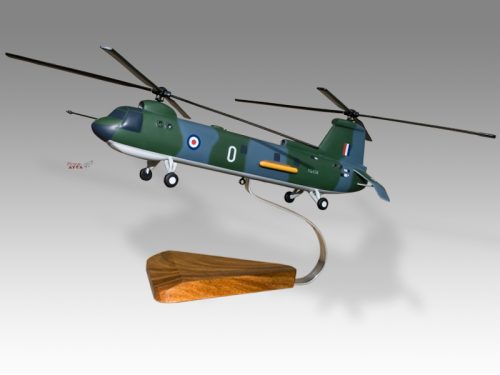

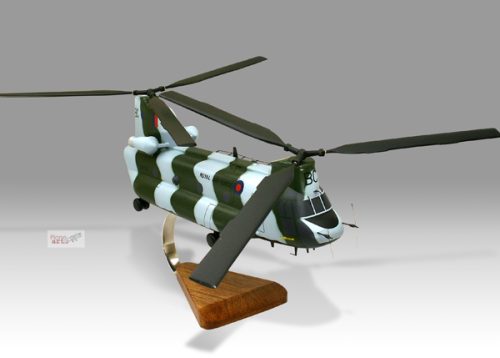
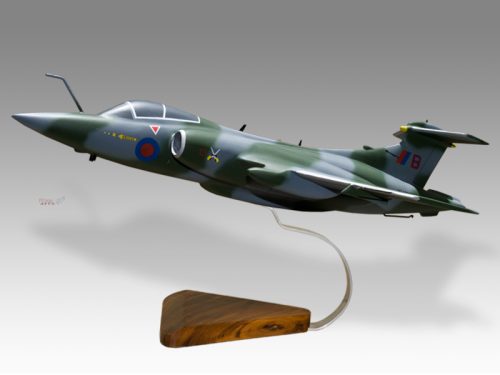
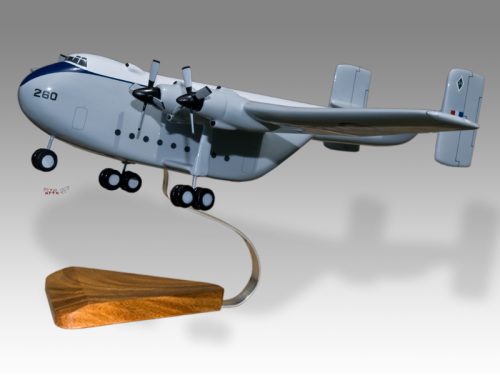
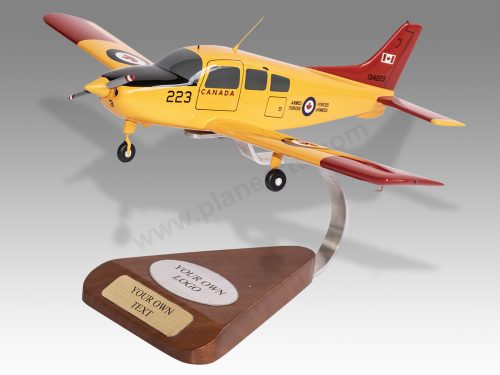
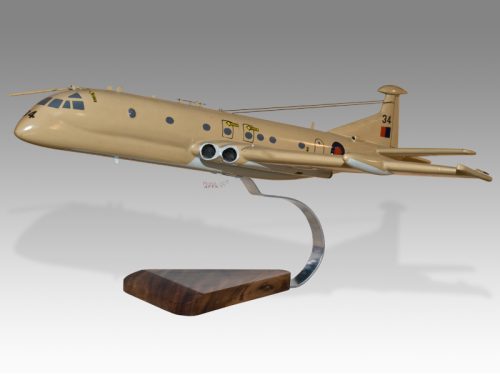

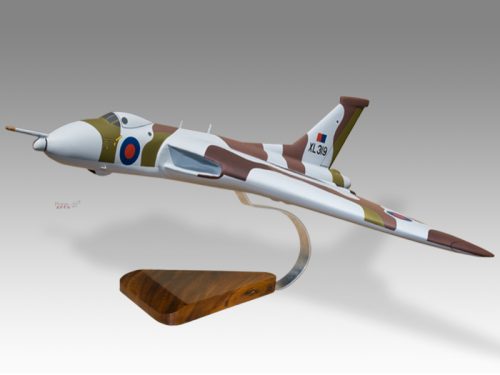
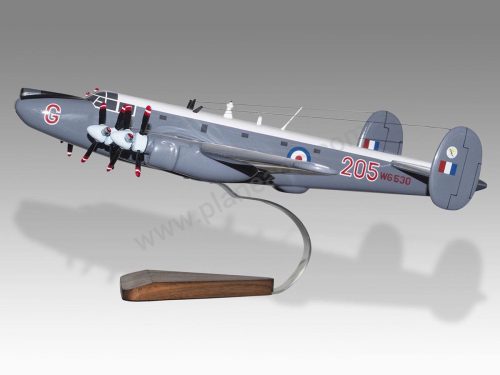

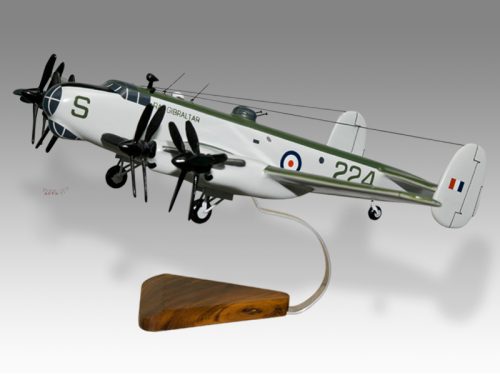
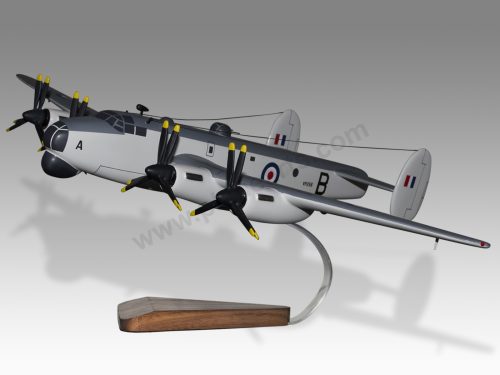
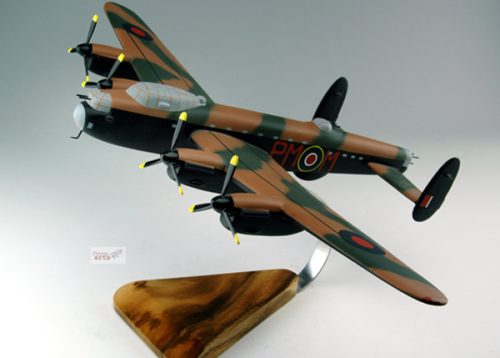
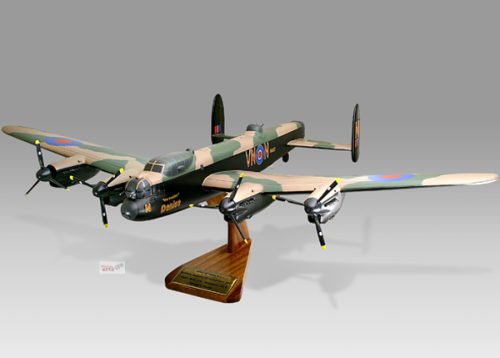
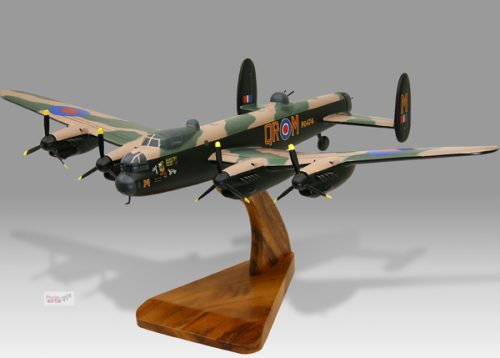


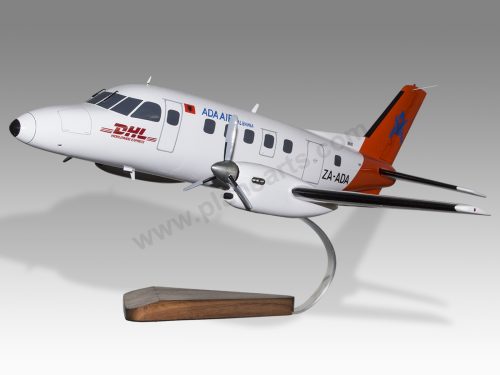

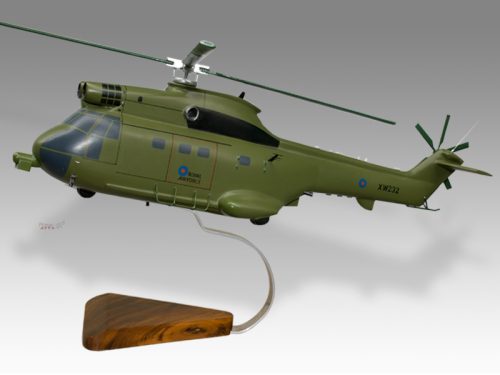

Reviews
There are no reviews yet.